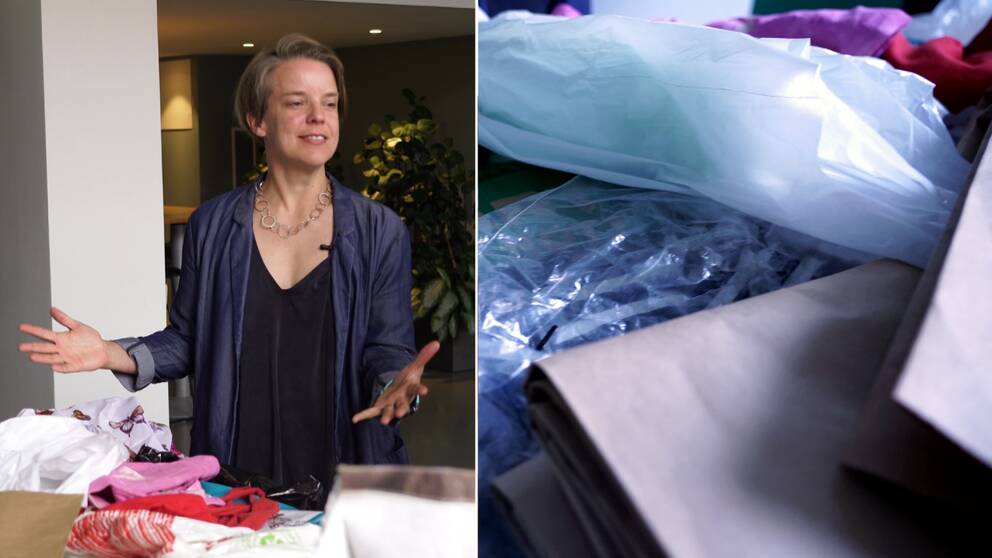How expensive does the plastic box become?
The excise tax is three kronor on plastic carrier bags and 30 øre per "fruit bag", ie thinner plastic bags that are less than seven liters.
It is manufacturers and importers who pay the tax on the plastic bags. But the trade organization Svensk Handel believes that in the end, the consumer is allowed to take the increased cost for the stores and calculates that the price for a plastic bag will be six-seven SEK.
Why is the plastic tax implemented?
The tax increase is part of the government agreement between S, MP, C and L.
The reason is that the EU in 2015 decided that Member States should reduce the consumption of plastic carrier bags to 40 thin plastic bags per person and year by 2025. In 2018, the Swedish EPA estimated that the average Swedish uses 102 plastic bags per year.
The overall goal of the plastic tax is to reduce debris in nature and the seas. The Government believes that Sweden has a global responsibility to reduce litter, although the problems are not as great here as in the Mediterranean and in the world seas.
The Government estimates that after the introduction in May, the plastic tax will generate revenue of SEK 2.1 billion for 2020 and thereafter 2.7 billion annually.
What do the critics say?
The Government's proposal has been criticized on a broad front.
The National Institute of Economic Research , which has been one of the referral bodies, does not consider that the government has shown that plastic bags significantly contribute to the reduction.
Swedish Trade calls the plastic tax symbolic policy that lacks environmental benefits. The industry organization believes that there is no serious problem with littering of plastic bags along Swedish beaches and in nature. Swedish trade also criticizes that the proposal makes no difference to plastic bags made from fossil fuels and bags made from renewable plastics that are easy to recycle.
Opposition parties M and SD criticize the proposal and argue that it is only about increasing the state's revenue. The parties believe that the tax will be an extra cost of hundreds of kronor which affects families with children to a large extent. M and SD also question the environmental benefits. If the intention of the tax is to reduce the climate impact, paper bags and cloth bags, which also expose the environment to great impact, should also be taxed, the parties believe.
Which bag is the most climate smart?
The debate on the climate impact of carrycovers also applies to which material is actually the most climate smart. But how do you think as a consumer? Åsa Stenmarck, waste and resource expert at the IVL Swedish Environmental Institute, in the clip below finds out what type of carrying case is best for the environment depending on how you use it.
The browser is not supported
SVT does not support playback in your browser. We therefore recommend that you switch to another browser.
Learn more about browser support
Javascript is turned off
Javascript must be turned on to play video
Learn more about browser support

